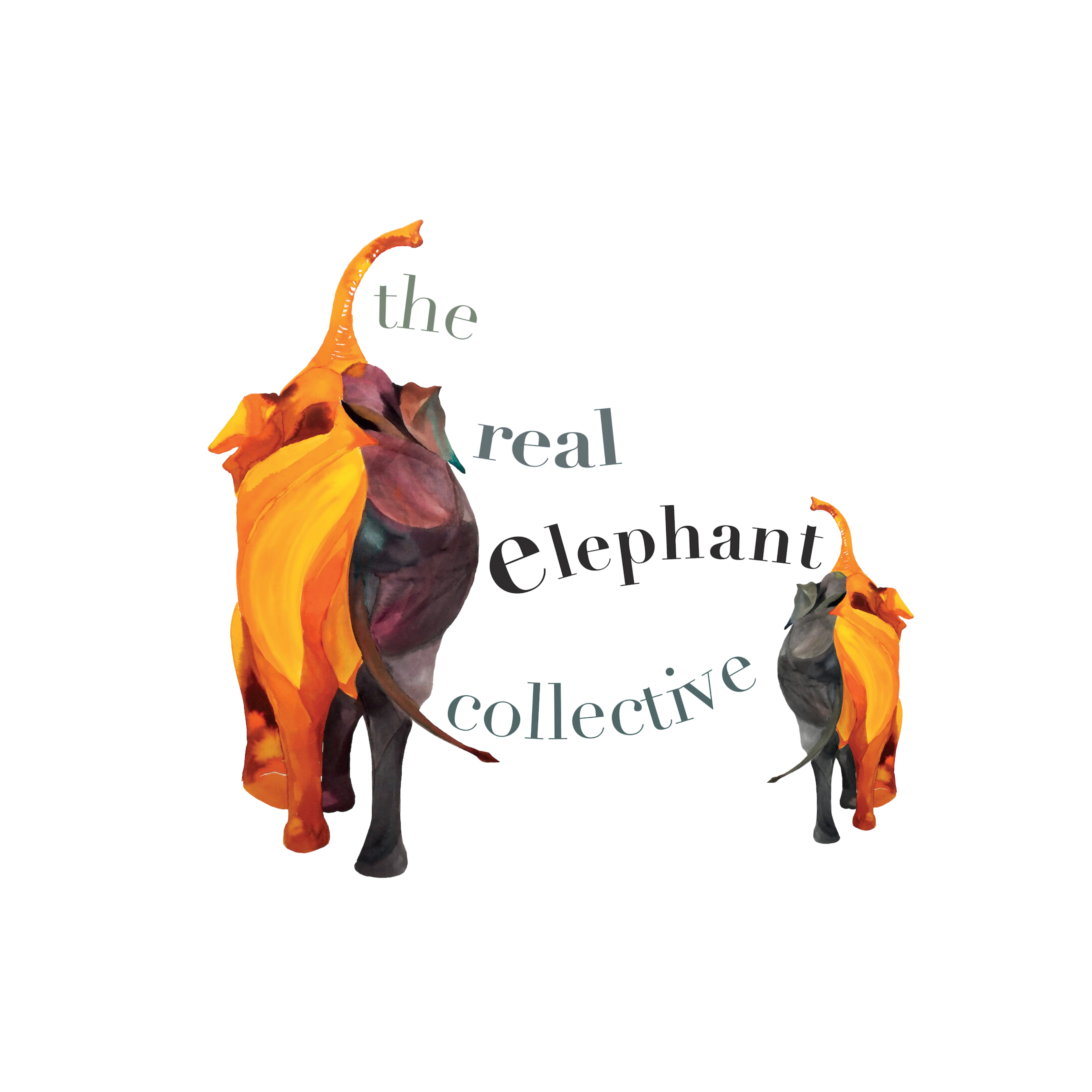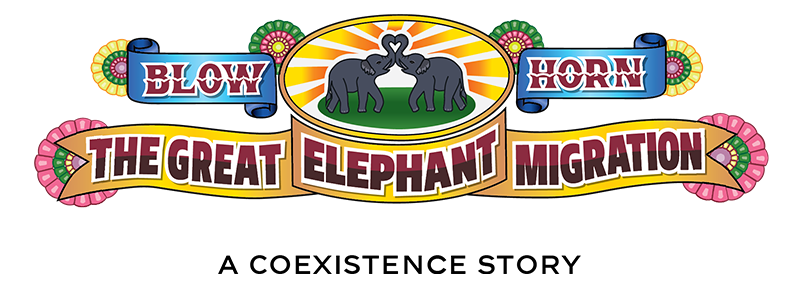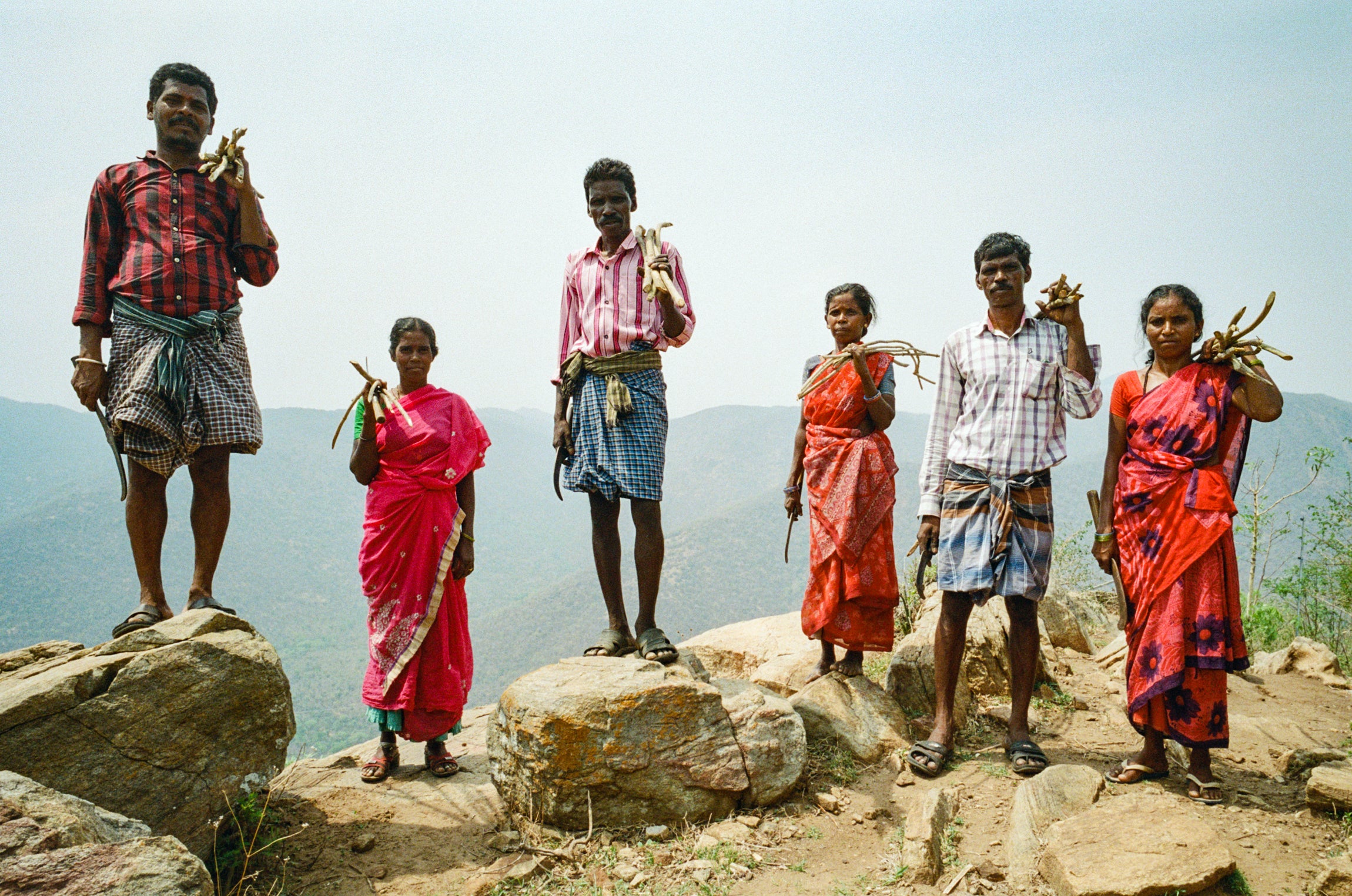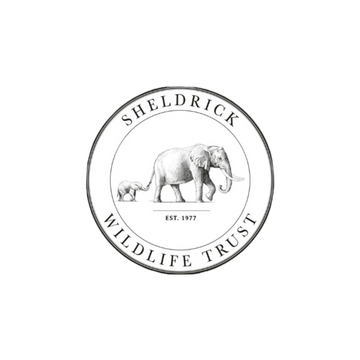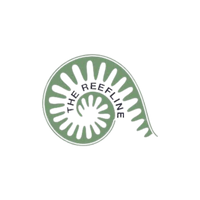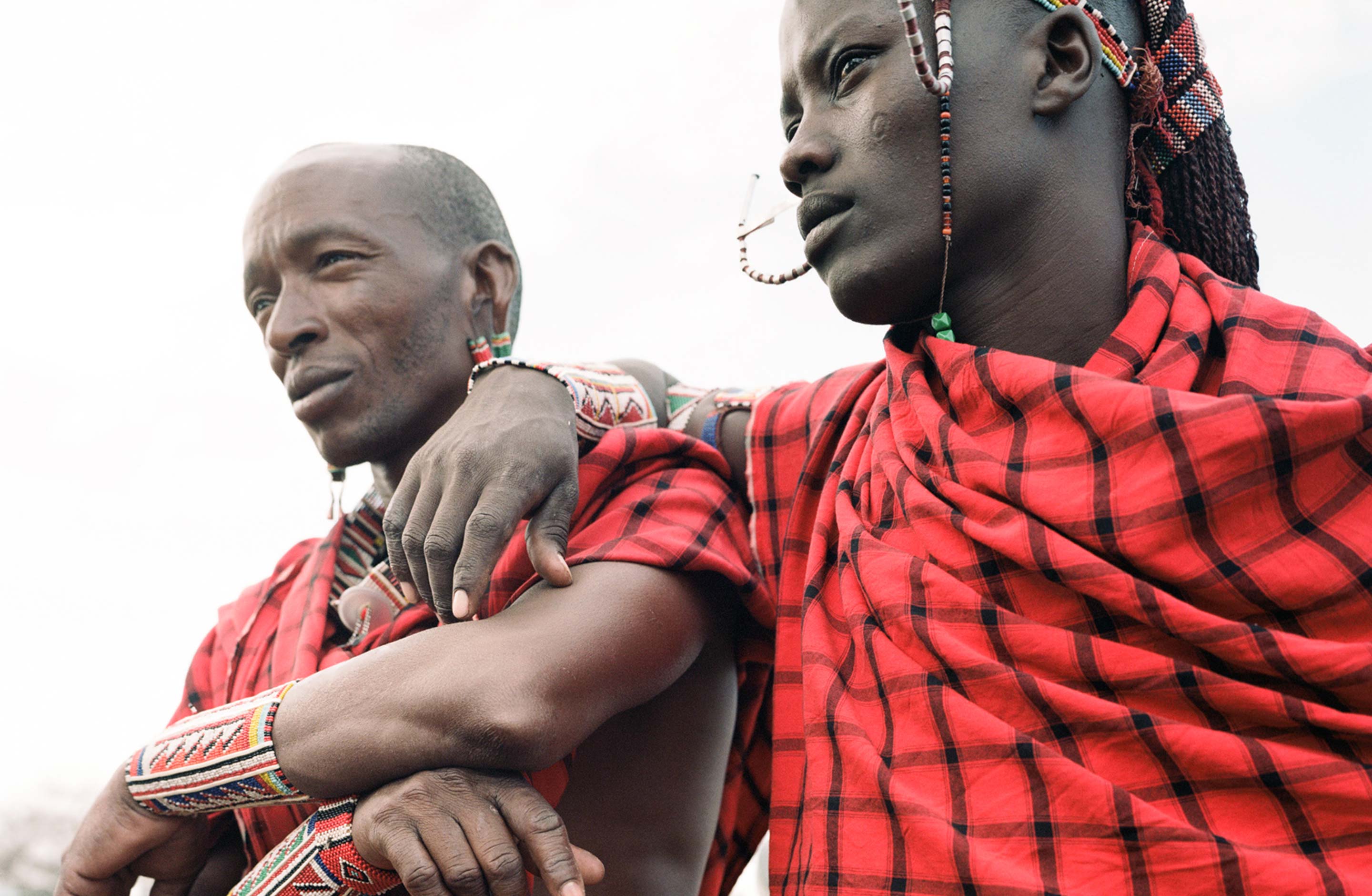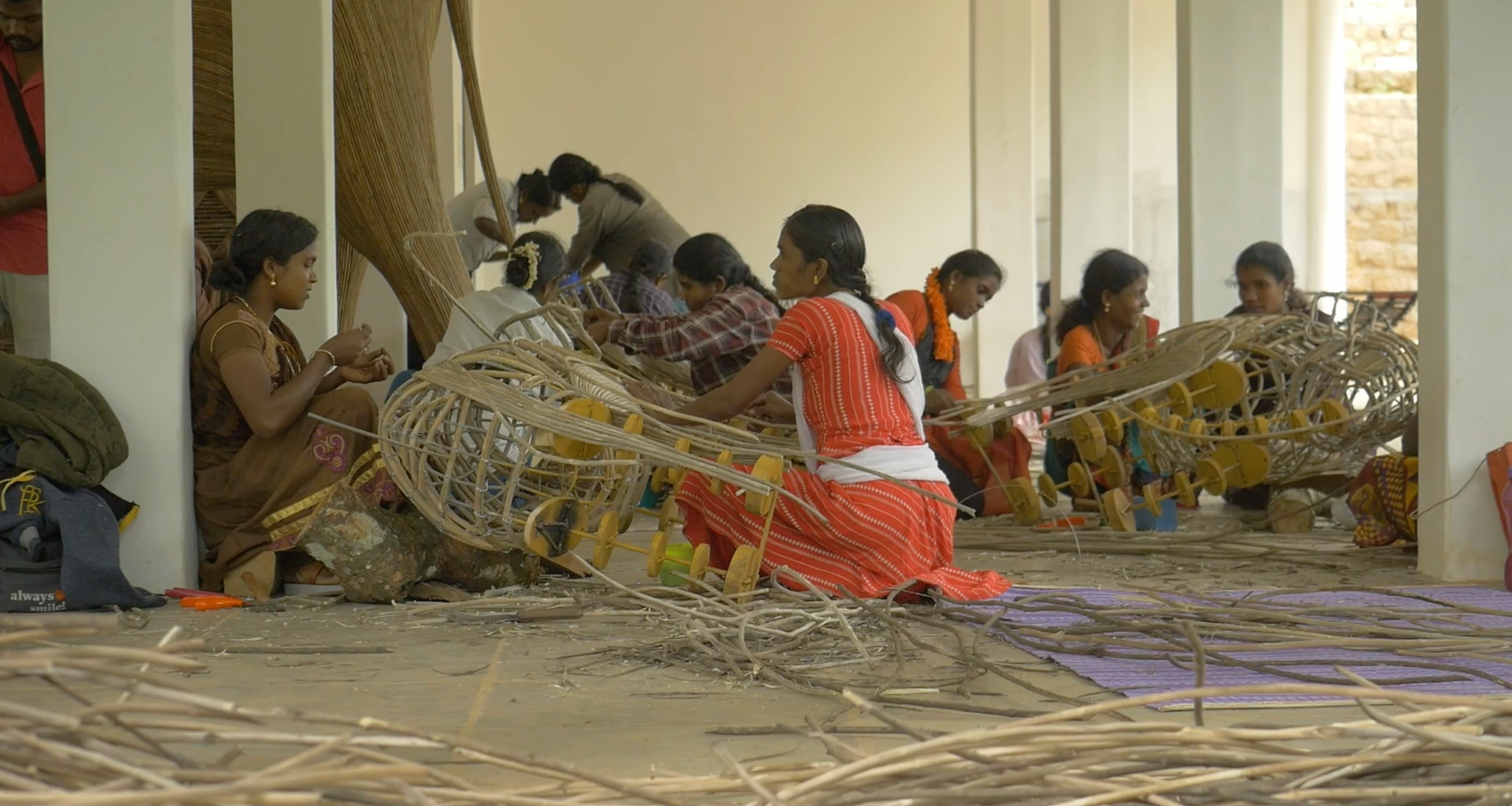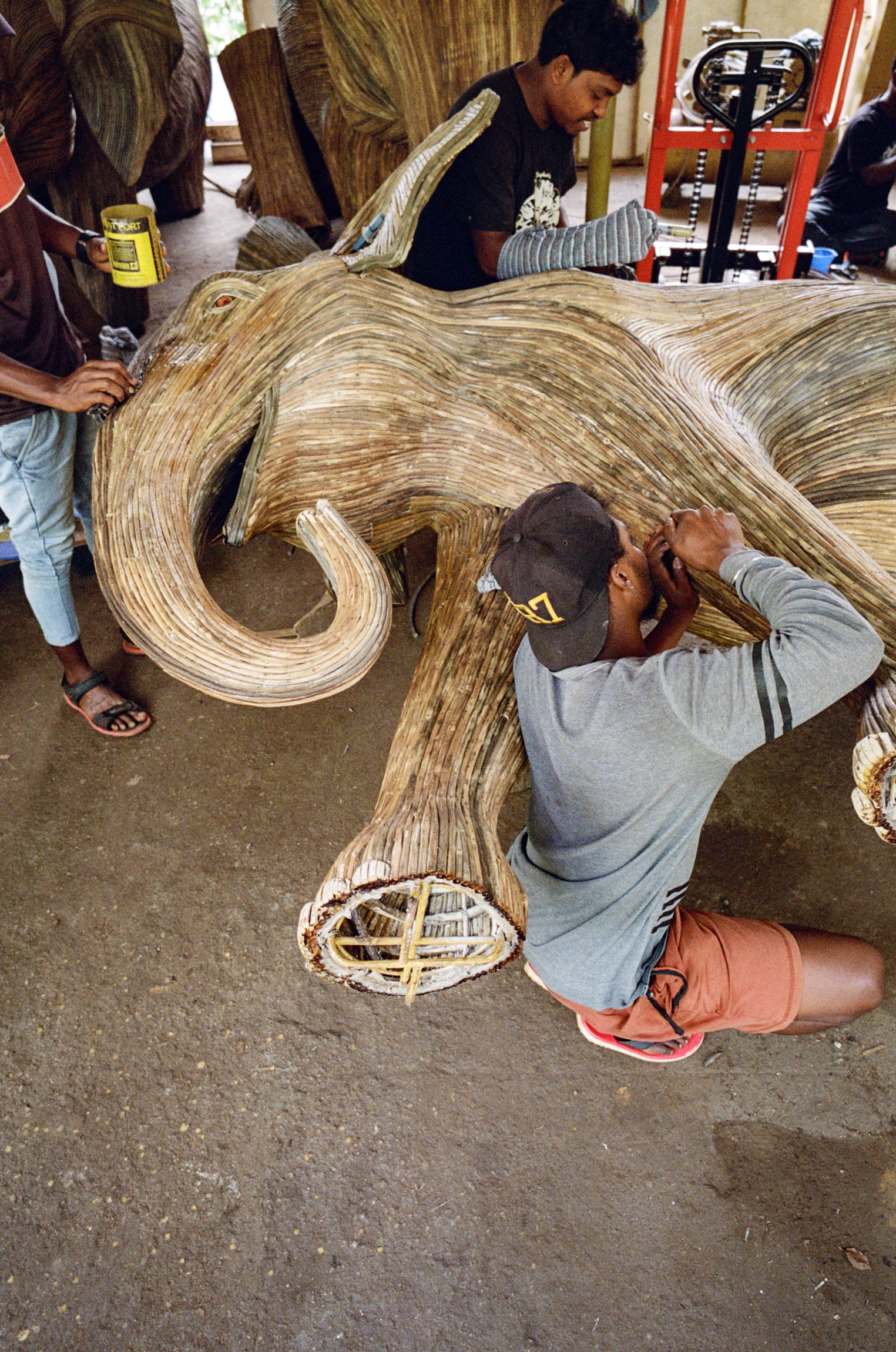Impact 1
Promoting Human Wildlife Coexistence
Leopards on Mumbai’s streets, mountain lions roaming California and wolves on the rise in Europe. Animals are making a comeback in many places as human attitudes change. There is growing recognition that Protected Areas alone are not enough to save the world’s biodiversity and ecosystems. Rather than dividing our world into animal and non animal places, we can use our ingenuity to share space and look after humans and animals alike. The migration supports remarkable people around the world who have found ways to live alongside some of the planet’s most challenging animals. Although many humans have forgotten how to live with the wild, Indigenous communities around the world maintain a deep connection to the natural world.
Each elephant is twinned with a conservation NGO, whose work directly benefits from the proceeds of their sculpture sales. The migration encourages conservation strategies to be Indigenous and community led. Our partners, including Coexistence Consortium, Lion Guardians and INDIGENOUS LED exemplify this in their work.
Impact 2
Freeing The Forests
Each elephant is made from Lantana camara, the second most widespread invasive species in the world. This fast growing shrub has taken over 40% of forests in India, obliterating native plants and diminishing food sources for animals, pushing them out of forests and into urban areas.
The migration supports a large scale lantana removal project, converting it into biochar which improves soil fertility and water retention. Biochar is the only feasible direct capture solution for sequestering carbon into the ground to mitigate climate change – the biggest problem humanity faces today. The project will restore vast areas of forests over the next five years. By the close of 2025, this effort will have sequestered 2,625 tons of carbon.
Impact 3
A Groundbreaking Indigenous Enterprise
The Real Elephant Collective is an Indigenous enterprise like no other. The creation of the sculptures provides financial stability, status and pride to 200 members of the Soliga, Bettakurumba, Kattunayakan and Paniya tribes, who coexist with the real wild elephants the herd is based on. The elephants have taken their place on the world stage, commanding a high price by notable collectors, and finding homes in some of the world's most celebrated gardens, including the official residences of India's President and Britain's King and Queen.
Already over $500,000 has been generated, which combined with the large scale lantana removal, puts it on track to be the biggest sustainable Indigenous enterprise in India. This is significant because for thousands of years indigenous communities have been guardians of the environment. Although they are only around 6% of the global population, they protect 80% of the biodiversity left on earth. This effort celebrates Indigenous knowledge and enables them to continue to be custodians and stewards of the forests in a modern context.
